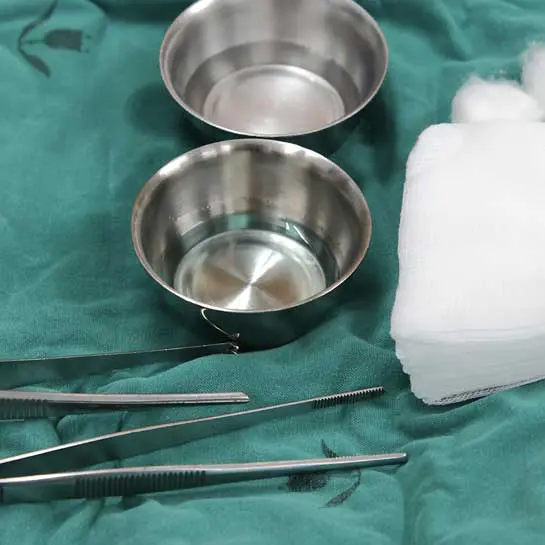Understanding Treatment
for Sepsis
What is sepsis?
The body’s natural response to a bacterial infection is to fight it by releasing various chemicals into the bloodstream. When your body’s response to these chemicals is out of balance, sepsis can occur. Sepsis is a life-threatening illness that’s caused by the formulation of small blood clots, which block the flow of your blood to vital organs, sometimes leading to organ failure. Any infection — bacterial, viral, or fungal — can lead to sepsis, and even healthy individuals can contract it. However, babies, older adults, and those with weakened immune systems are at a higher risk. A quick sepsis diagnosis is crucial — one-third of individuals who contract sepsis die from it.
What are the symptoms of sepsis?
If you have sepsis, you’ll already have a severe infection as well as a change in mental status, a fever above 101°F or a temperature below 96.8°F, a heart rate higher than 90 beats per minute, and a breathing rate higher than 20 breaths per minute. As sepsis progresses, it may reach a state called severe sepsis, which occurs when you’re experiencing organ failure. Patches of discolored skin indicate severe sepsis and septic shock, decreased urination, significant changes in mental ability, low platelet (blood clotting cell) count, problems breathing, chills due to a fall in body temperature, very abnormal heart functions, unconsciousness, extreme weakness, and very low blood pressure.
How does ID Care diagnose sepsis?
One of the first tests to make a sepsis diagnosis at ID Care involves a blood test — this allows us to check for complications in infections, blood clotting, liver or kidney function, oxygen levels, and the balance of electrolytes in your system. Depending on these results as well as the symptoms you’re experiencing, we may also run tests on your urine, any wound, or respiratory secretions. Each of these additional tests will help our team pinpoint the germ that may be causing your infection while leading us to an antibiotic that will work best to fight it.
How does ID Care treat sepsis?
If you have serious sepsis indicators, we will refer you to one of our affiliated hospitals for immediate treatment as sepsis is usually treated in a hospital’s Intensive Care Unit (ICU). Here, you may receive IV antibiotics and fluids to try and eliminate your infection and prevent your blood pressure from dropping too low. You may also be placed on a respirator to help with breathing, and sometimes surgery may be required to remove the sources of your infection, such as abscesses, infected tissues, or gangrene. Your recovery from sepsis depends on the severity of your condition as well as any other conditions you may be living with. Although many people who survive sepsis will recover completely, others may report lasting effects. Early and aggressive treatment significantly increases your chances of surviving sepsis.
Can I prevent sepsis?
Sepsis is preventable. Remember to stay up-to-date on your vaccinations to prevent the flu or pneumonia — two main infections that can lead to sepsis. In addition, it’s important to practice good hygiene, from proper wound care to washing your hands and bathing regularly. Finally, every minute counts when it comes to sepsis treatment, so if you develop signs of infection seek immediate medical treatment — the sooner you receive it, the better your outcome can be.
SOURCE: Mayo Clinic





